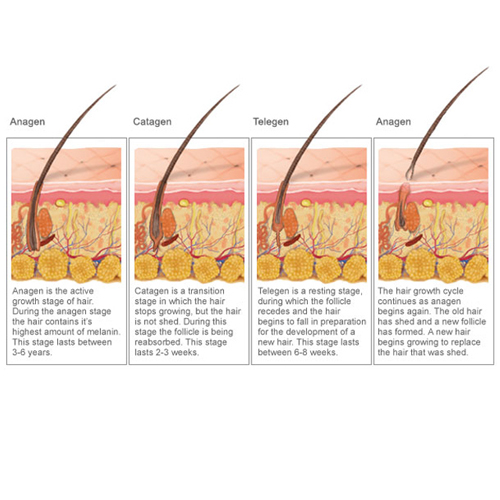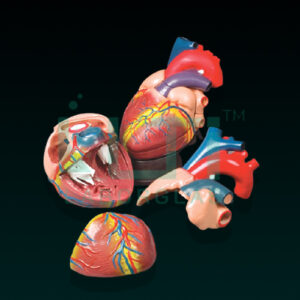| Part No. | Name of the chart | Size (cm) |
| 10060-A | Differentiation Of Head & Pubic Hairs | 51 x 66 |
Forensic science serves various purposes in short form:
- Criminal Investigations:
- Aid in solving crimes by collecting, analyzing, and interpreting physical evidence.
- Crime Scene Analysis:
- Investigate and document crime scenes to reconstruct events and gather evidence.
- DNA Profiling:
- Utilize DNA analysis to identify individuals and establish genetic profiles for forensic identification.
- Fingerprint Analysis:
- Analyze fingerprints to identify individuals and link them to crime scenes.
- Toxicology:
- Examine bodily fluids and tissues to detect toxins, drugs, and poisons in cases of poisoning or overdose.
- Digital Forensics:
- Investigate digital devices and data to uncover electronic evidence in cybercrime cases.
- Forensic Anthropology:
- Analyze skeletal remains to determine identity, cause of death, and other information in forensic cases.
- Ballistics and Firearms Analysis:
- Examine firearms, ammunition, and gunshot residue to link weapons to crimes.
- Forensic Pathology:
- Conduct post-mortem examinations to determine the cause and manner of death.
- Forensic Odontology:
- Use dental evidence for identification and analysis in forensic investigations.
- Criminal Profiling:
- Develop profiles of potential suspects based on behavioral and forensic evidence.
- Expert Testimony:
- Provide expert testimony in court based on forensic findings to support legal proceedings.





